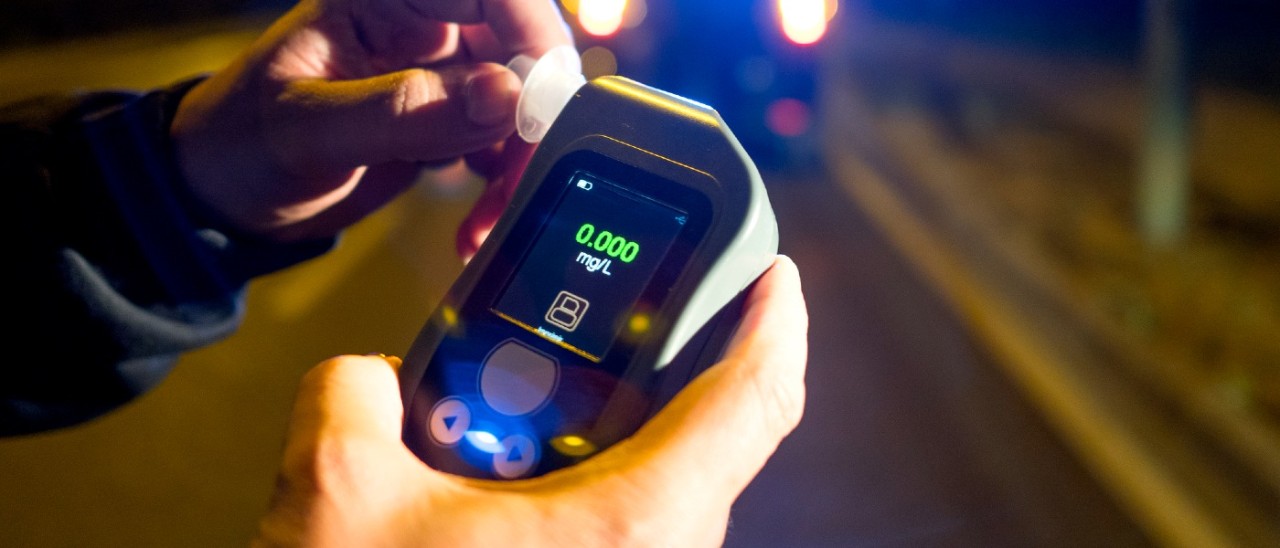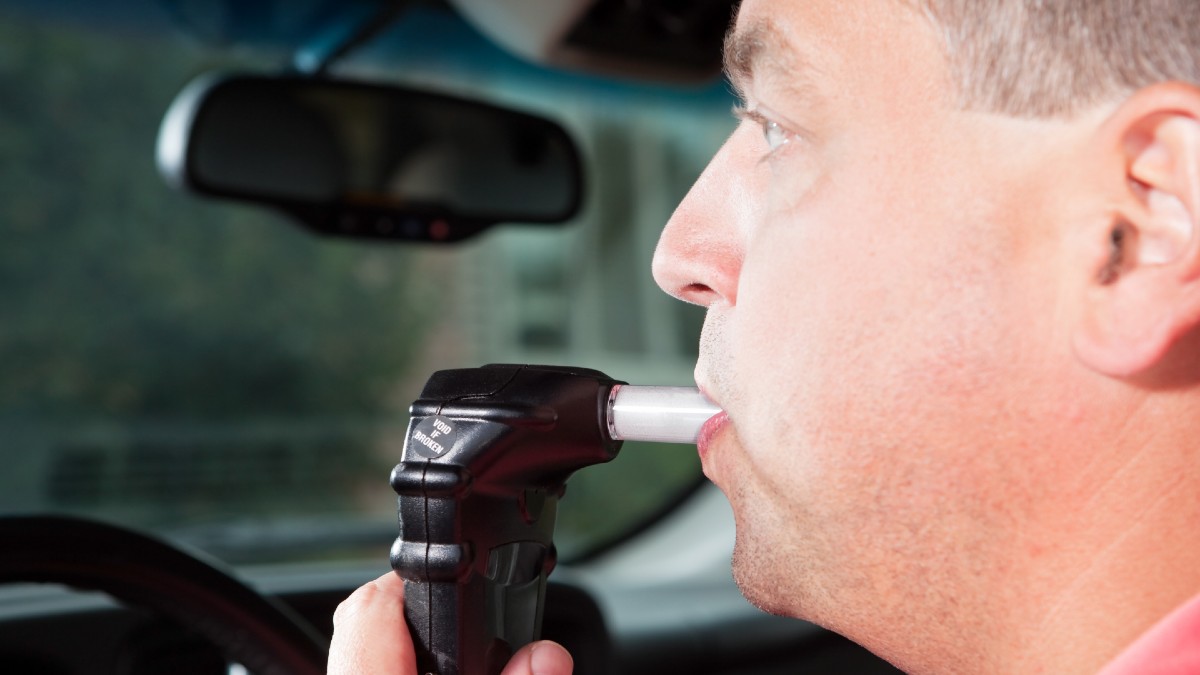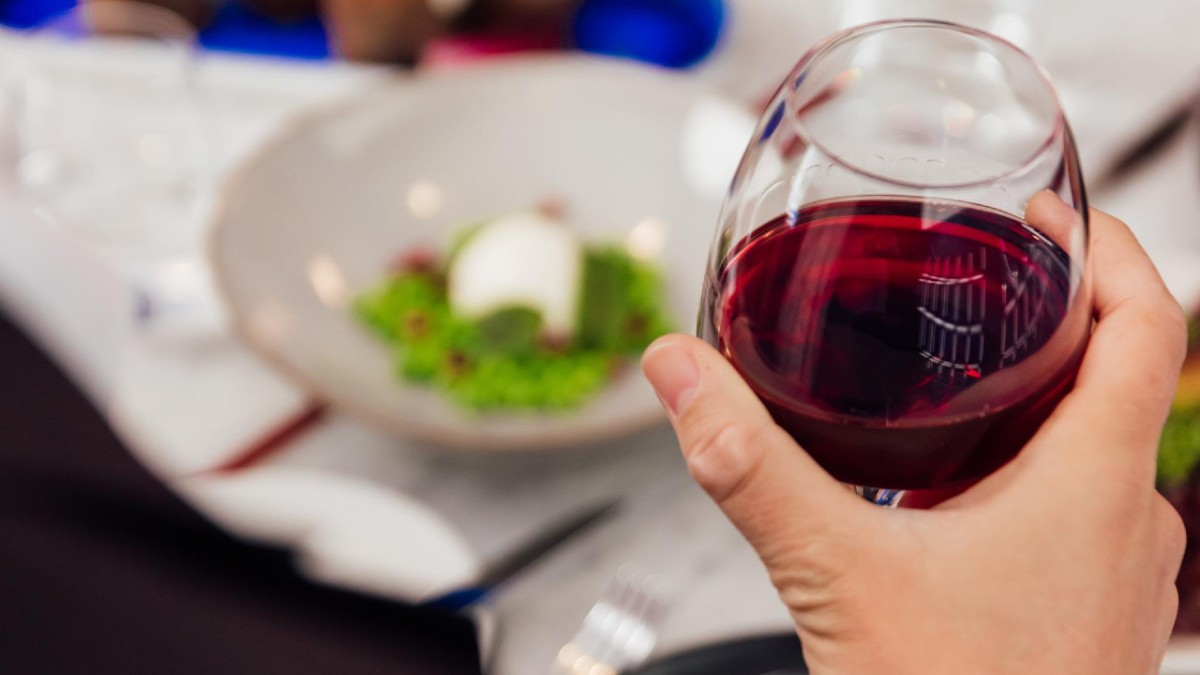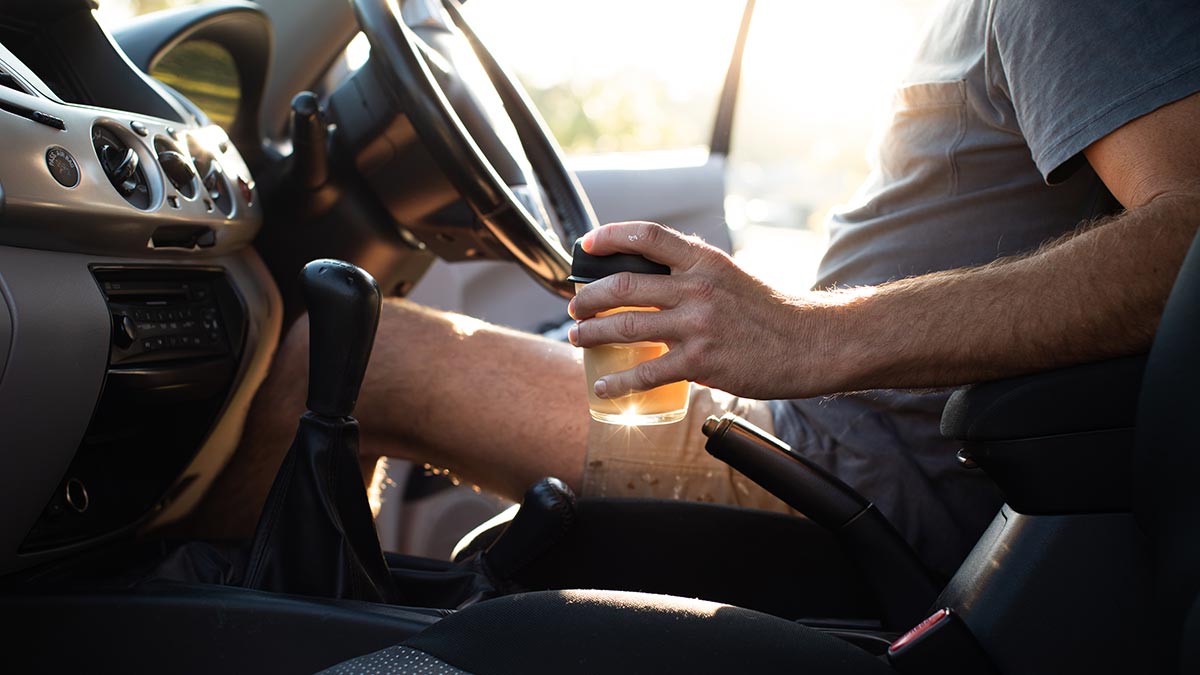Some common driving behaviours pose real dangers to all road users. This article explores some of the everyday actions that every driver should be aware of to help make Victoria’s roads safer.
What is blood alcohol concentration (BAC), the legal limit and common myths

Learn about the blood alcohol concentration (BAC) rules and the legal limit for driving in Victoria, including common myths.
When it comes to driving, drivers must act responsibly and ensure they don't drive while under the influence of alcohol.
Even one drink can impact your cognition, focus and your ability to drive. The Transport Accident Commission (TAC) reports that even at a BAC of 0.02 your ability to judge distances, respond to stimuli and see moving lights is reduced, while your propensity for risk taking is increased. The TAC says the number of road fatalities could be reduced by up to 20 per cent if everyone avoided driving after drinking.
"There are major risks attached to driving under the influence of alcohol, with around one in five motorists killed on Victorian roads since 2023 having a BAC of 0.05 or more," says James Williams, RACV Head of Policy.
"If you are planning to drive, the only way to ensure your BAC stays under 0.05 is to not drink."
From October 2024, motorists caught over the legal limit in Victoria face harsher penalties, including mandatory loss of licence and installation of alcohol interlocks in their vehicles.
Here are some of the most important aspects to know about blood alcohol concentration (BAC), standard drinks and breathalyser myths.
Are you up to date with drink driving laws?
Victoria's new drink driving laws and the penalties for breaking them
Victorian Alcohol Interlock Program for all drink drivers
In this article

If you lose your licence because of a drink driving offence, you’ll need to complete the Alcohol Interlock Program before you can get your licence back. Image: Getty
BAC explained: Everything you need to know
What is BAC?
Blood alcohol concentration, or BAC, is a measure of how much alcohol is in the bloodstream. In Australia, the legal BAC limit for driving is 0.05 for fully licensed drivers, which means there is 0.05g of alcohol in every 100ml of blood. Some motorists must keep their BAC to 0.00. This includes
- Drivers on their Learner's permit
- Drivers with a Pl or P2 licence
- Driving instructors
- Bus and commercial passenger vehicle drivers (e.g. taxi and Uber drivers)
- Rigid or articulated truck drivers with a gross vehicle mass greater than 4.5 tonnes or greate
- Drivers with a 'Z' or 'I' condition on their licence
- Restricted motorcycle riders with an 'E' condition on their licence
How do breathalysers work?
Breathalysers measure the alcohol on your breath when you exhale. They do not measure the alcohol in your mouth.
How does your body process alcohol?
For an average adult, the body will typically metabolise 0.01 BAC per hour - roughly one standard drink per hour, but how many drinks one can have before reaching 0 .05 varies from person to person. If you're the designated driver, don't risk it. Stick to mocktails and soft drinks.
What can affect BAC?
According to the TAC, several factors can affect your BAC. These can include:
- Your height
- Your weight
- Your sex
- Your age
- Your health
- The time of day
- Whether you've been eating
- Whether you're on any medications
- Your individual tolerance to alcohol
Can I drink if I'm taking antibiotics or other medication?
Mixing alcohol with antibiotics and other medications can reduce the effectiveness of the medication, induce adverse symptoms or increase the potency of the alcohol, according to Health Direct, a Federal Government website. If you're taking medication, consult your doctor before drinking.

It can be difficult to accurately calculate your BAC, so not drinking at all is the safest option if driving.
BAC myths debunked*
Eating fatty food will reduce BAC
Having food in your stomach, fatty or not, may help slow down how fast your body absorbs alcohol. It does not, however, reduce BAC or guarantee you'll stay under the limit.
You can speed up how quickly your body processes a drink
Your liver removes alcohol from your body at the rate of around one standard drink per hour. There is no way to speed up this process. Exercise, cold showers, vomiting and getting fresh air might make you feel better, but they will not lower your BAC faster.
You can sleep off the alcohol
Sleep itself does not lower your BAC, only time. Depending on how many drinks you had and how long you slept before getting in the car, you may still have a BAC of more than 0.05 the next day.
Staying hydrated will reduce your BAC
Water can help with some of the diuretic effects of alcohol, including potential dehydration. But drinking water will not lower your BAC.
Drinking coffee will reduce BAC
Having coffee or other caffeinated drinks might make you feel more awake, but it does not reduce your BAC. VicRoads strongly advises against mixing alcohol with caffeine.
You can cheat a breathalyser
You cannot cheat a breathalyser. Techniques such as using mouthwash, eating, putting cotton balls in your mouth or even changing your breathing patterns will not stop a breathalyser from detecting alcohol.
I've checked myself with a personal breathalyser - I'm good to drive
These days, electronic and disposable breathalysers can be bought widely. While these devices may seem helpful, VicRoads advises against relying on them. This is because they can give inaccurate readings and cannot be used as evidence should you be charged with drink driving.
*This information is sourced from the Better Health Channel, TAC and Transport Victoria.

Drinking coffee won't reduce your BAC faster. If you plan to drink, arrange alternative transportation. Image: Getty.
What is a standard drink?
Any alcoholic drink that contains 10 grams of alcohol is called a standard drink. Drinks come in different sizes and strengths so, depending on the alcohol content of a particular drink, it can take varying amounts of any particular beverage to make up a standard drink.
Standard drinks in Australia
- 30ml of spirits (40% alc/vol)
- 60ml of fortified wine (8% alc/vol)
- 100ml of champagne (12% alc/vol)
- 100ml of wine (12% alc/vol)
- 150ml of light wine (8% alc/vol)
- 280ml of standard strength beer (4.9% alc/vol)
- 375ml of low-alcohol beer (2.8% alc/vol)
Standard drinks v standard serving sizes
A standard drink is not always the same as a restaurant serving of wine or beer, so standard drink sizes are a guide only. Many beers and wines have higher alcohol by volume (ABV) than you expect, which can greatly impact the number of standard drinks in a single serve.
For example, a standard restaurant pour of red wine with an ABV of 15.5 per cent (which is not uncommon for many Australian shiraz wines), could contain 1.8 standard drinks. It's important to always read the label to find out how many standard drinks are in any given alcoholic beverage.
More information on standard drink sizes and ABV measurements can be found on the Department of Health website.
Australian Drinking Guidelines
The Australian Guidelines recommend healthy adults should drink no more than four standard drinks on any day, and no more than 10 per week, to cut the lifetime risk of harm from alcohol-related disease or injury.
The information provided is general advice only. Before making any decisions please consider your own circumstances and the Product Disclosure Statement and Target Market Determinations. For copies, visit racv.com.au. As distributor, RACV Insurance Services Pty Ltd AFS Licence No. 230039 receives commission for each policy sold or renewed. Product(s) issued by Insurance Manufacturers of Australia Pty Ltd ABN 93 004 208 084 AFS Licence No. 227678.


